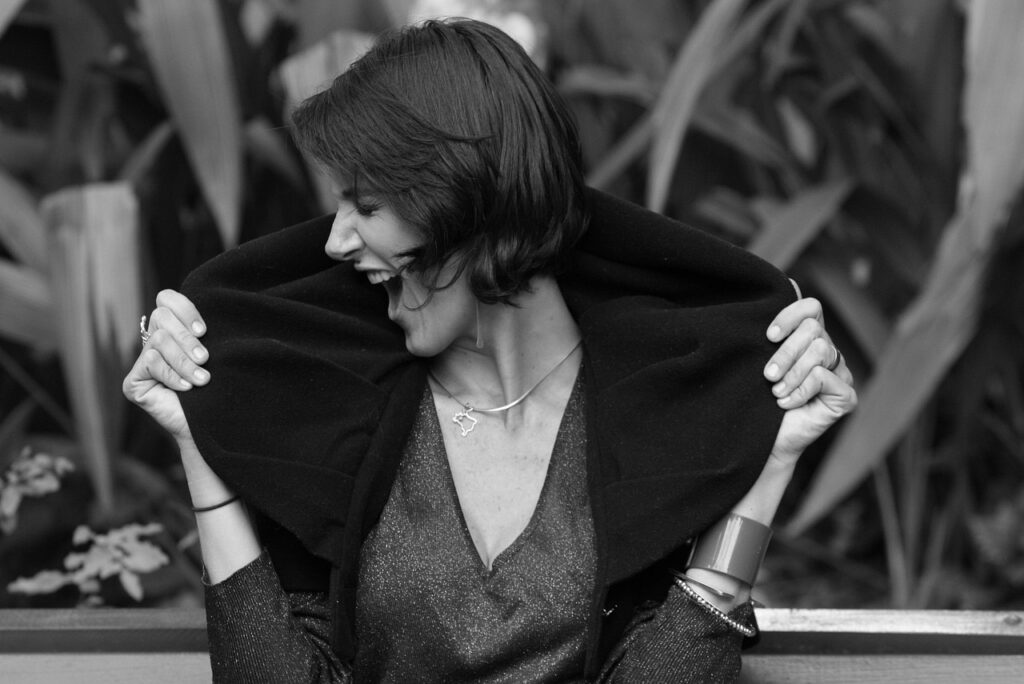Alright, listen up, Golden Girls fans! We all know and love the iconic, hilarious, and sometimes wonderfully inappropriate antics of Rose, Dorothy, Blanche, and Sophia, right? For seven incredible seasons, from 1985 to 1992, these four single, aging women sharing a Miami home brought us endless laughs and heartwarming moments, establishing themselves as television legends.
Their on-screen chemistry was simply magical, making it practically impossible to imagine them being anything less than the best of friends in real life. They were a squad, a family, sharing cheesecake and life lessons with a bond that felt utterly unbreakable. But what if we told you that behind the scenes, the reality was, well, a little less golden and a lot more, shall we say, frosty? Brace yourselves, because the truth might just surprise you.
Over the 25 years since the show wrapped, a series of candid interviews and shocking revelations have pulled back the curtain on an underlying tension – and at times, outright hostility – that simmered among the actresses. And at the heart of much of this drama was a simmering feud between two of our most beloved stars: Betty White, our sweet, naive Rose Nylund, and Bea Arthur, the sharp-witted, sarcastic Dorothy Zbornak. Get ready to dive deep into the fascinating, and often jaw-dropping, story of their complicated relationship.

1. **The Shocking Reality Behind On-Screen Chemistry**It’s almost unfathomable, isn’t it? The incredible, almost telepathic chemistry that radiated from Bea Arthur, Betty White, Rue McClanahan, and Estelle Getty on *The Golden Girls* was truly something special. They improvised, they read each other’s cues perfectly, and they created a comedic rhythm that few shows have ever matched. You’d think such synergy could only come from a place of deep personal connection and genuine friendship.
Yet, as time has passed and secrets have surfaced, we’ve learned that the warmth and camaraderie we saw on screen didn’t always translate when the cameras stopped rolling. The belief that the four actors were best friends, carrying their chemistry off-set, turns out to be a sweet illusion for many. It’s a tough pill to swallow for fans who cherished their bond.
Indeed, in the decades since the Emmy-winning NBC sitcom aired its final episode, countless interviews and memoirs have illuminated an entirely different atmosphere behind the scenes. What was presented as an unbreakable bond of friendship on camera often dissolved into tension, conflict, and even outright hostility off camera. The stark contrast between their fictional lives and their real-life interactions is truly eye-opening.
This isn’t just hearsay; it’s a narrative confirmed by those closest to the production and the stars themselves. The idyllic picture of a cast living out their characters’ friendships was, in many ways, just that – a picture painted for our entertainment. The reality was far more nuanced, messy, and human, just like any complex relationship.
Read more about: Remember the ’90s? These 15 Actresses Were the Absolute Queens of Beauty and the Silver Screen!
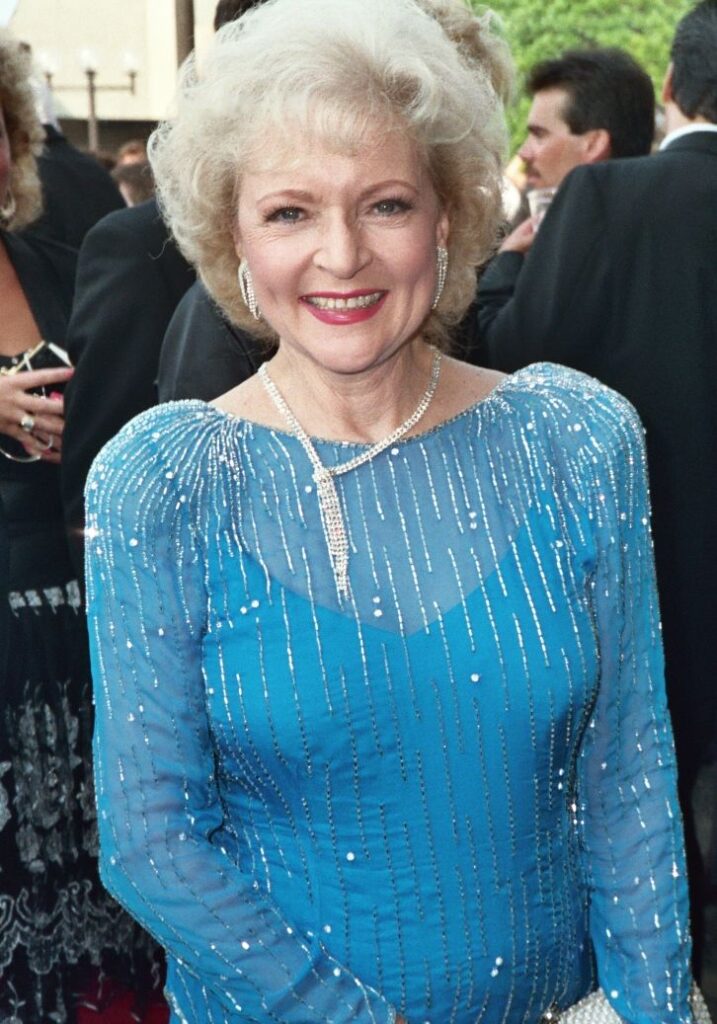
2. **Bea Arthur’s “Nemesis” Mindset**To really understand the dynamic, we have to start with Bea Arthur herself. Even her eldest son, Matthew Saks, has candidly admitted that the woman who brought Dorothy Zbornak to life wasn’t exactly known for her diplomatic nature. It seems Bea had a particular approach to her relationships, especially when it came to Betty White.
Saks, speaking to Closer, revealed a fascinating insight into his mother’s personality: “My mom unknowingly carried the attitude that it was fun to have somebody to be angry at.” Can you imagine that? For some, conflict can be a strange source of energy, and for Bea, it appears Betty White became an unintentional outlet for this particular trait. It’s almost like she needed a foil, a person to provide some level of dramatic tension in her own life.
This isn’t to say it was intentional malice, but rather a unique coping mechanism. According to Saks, Betty White essentially became Bea’s “nemesis,” the person she could “roll her eyes about” at work. It’s a striking image, isn’t it? The thought of Bea, off-camera, internally scoffing or subtly reacting to Betty in a way that mirrored their characters’ banter.
It’s hard not to connect this to some of Dorothy’s most iconic lines, particularly those aimed at Rose. Think about it: whenever Dorothy snapped, “Oh, shut up, Rose!” with that perfect mix of exasperation and affection, it might have been fueled by a little bit of that real-life “nemesis” energy. The lines were scripted, of course, but Arthur’s delivery could very well have been imbued with genuine feeling, blurring the lines between character and actor in a way that made the performances even more compelling.
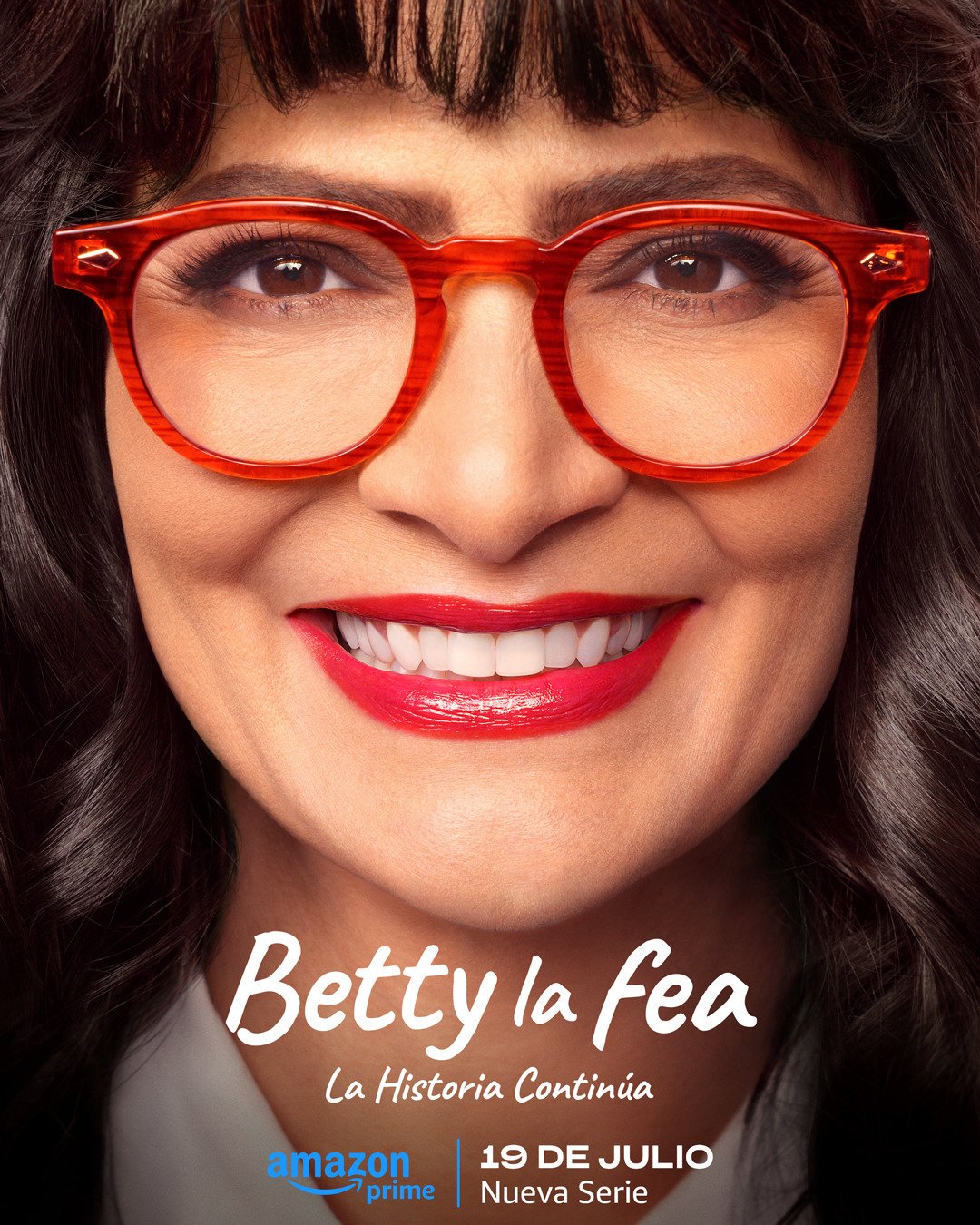
3. **Betty White’s “Pain in the Neck” Positivity**If Bea Arthur found a strange enjoyment in having a “nemesis,” what was Betty White’s perspective on the situation? In a revealing 2011 talk, Betty shed some light on the dynamic, telling the Village Voice, “She was not that fond of me.” It’s a remarkably direct and understated way to describe what many now know was a significant rift.
Betty went on to explain the core of Bea’s disapproval, and it’s something many of us can probably relate to in our own lives: “She found me a pain in the neck sometimes.” What exactly made Betty such a “pain”? It wasn’t about drama or negativity, quite the opposite. Betty pinpointed her own famously sunny disposition as the source of Bea’s irritation.
“It was my positive attitude — and that made Bea mad sometimes. Sometimes if I was happy, she’d be furious!” Can you believe it? The very trait that endeared Betty White to millions – her unwavering optimism and joy – was precisely what rubbed Bea Arthur the wrong way. It’s a classic personality clash, a fundamental difference in how they approached the world, simmering beneath the surface of a beloved comedy.
This wasn’t just a minor annoyance; it was a deep-seated reaction. Bea’s reaction to Betty’s happiness wasn’t just indifference; it was actual fury. This highlights just how profound the personality chasm was between them, a stark contrast between two highly talented individuals who simply did not “vibe” with each other, despite their professional success together. Their contrasting outlooks created an invisible wall, even as they shared scenes together.
4. **Clashing Acting Philosophies: Stage vs. Screen**Beyond just personalities, a significant source of tension stemmed from the actresses’ vastly different professional backgrounds and acting philosophies. This wasn’t just about how they felt about each other personally; it was about how they approached their craft, especially when working long hours together over the show’s seven-year run. Imagine two master artists, each brilliant in their own right, but using completely different techniques to paint the same picture.
Jim Colucci, author of *Golden Girls Forever*, explained these divergent paths. Bea Arthur, a veteran of Broadway and the star of the *All in the Family* spinoff *Maude*, came from the “old school of [television writer] Norman Lear where sitcoms were filmed like stage plays and done with up-close reactions.” Her style was rooted in theatricality, in character immersion, and a more dramatic, contained performance.
Betty White, on the other hand, hailed from a different lineage. Colucci noted, “[White] was from the Mary Tyler Moore school where everything is a very subtle character moment. The jokes are more gentle.” Her approach was perhaps more suited to the nuances of television, where a slight glance or a soft chuckle could convey just as much as a grand gesture. She was a master of subtle character beats.
Rue McClanahan further elaborated on this distinction, recalling in an archived interview that Arthur maintained a “fourth wall” mentality, typical of stage actors who do not acknowledge the audience. Betty, however, came from a “television point of view” and would often “flirt with the audience, and pull her skirt up and say, ‘Hi sailor.'” This fundamental difference in their professional ethos inevitably led to friction, especially in a live-audience sitcom setting. Bea would hold the script until the last minute, while Betty would be off-book almost at the table read, even incorporating new lines by just hearing them, which allowed her to “clown around with the audience.”

5. **Bea Arthur’s Peculiar Pet Peeves (Beyond Betty)**While Betty White certainly bore the brunt of Bea Arthur’s less-than-sunny disposition, it’s important to understand that Bea was, by many accounts, a person with numerous unique quirks and strong opinions that extended far beyond her co-star. Rue McClanahan once described Arthur as a “very eccentric woman,” and the details certainly back that up. This wasn’t just about Betty; it was about Bea’s world, and how she wanted it to operate.
One of her most famous eccentricities? A profound aversion to shoes. Yes, you read that right. Bea hated wearing shoes so much that it was written into her contract that she could walk around set barefoot. The only catch? She had to promise not to sue the producers if she accidentally injured herself. It’s a testament to her strong will and the producers’ desire to keep their star happy that such a clause even existed!
Her list of pet peeves didn’t stop at footwear. Bea also notoriously disliked birds and, perhaps most vehemently, chewing gum. This wasn’t a mild dislike; it was a full-blown aversion that could lead to serious consequences. Jim Colucci shared a startling anecdote with Fox News: “If you were chewing gum on the set, she would try to have you fired.” Imagine the tension on set, knowing a stick of gum could spark such an intense reaction.
Co-producer Marsha Posner Williams offered a raw portrait of Arthur: “Bea was exactly who she was. She hated to wear makeup. She hated to wear shoes. She hated to wash her hair. She didn’t like to be touched. She drank a lot of vodka. That’s who she was.” These details paint a picture of a fiercely independent individual, unapologetically herself, whose unique preferences dictated much of her professional and personal environment, often setting her apart from her more outwardly congenial co-stars.
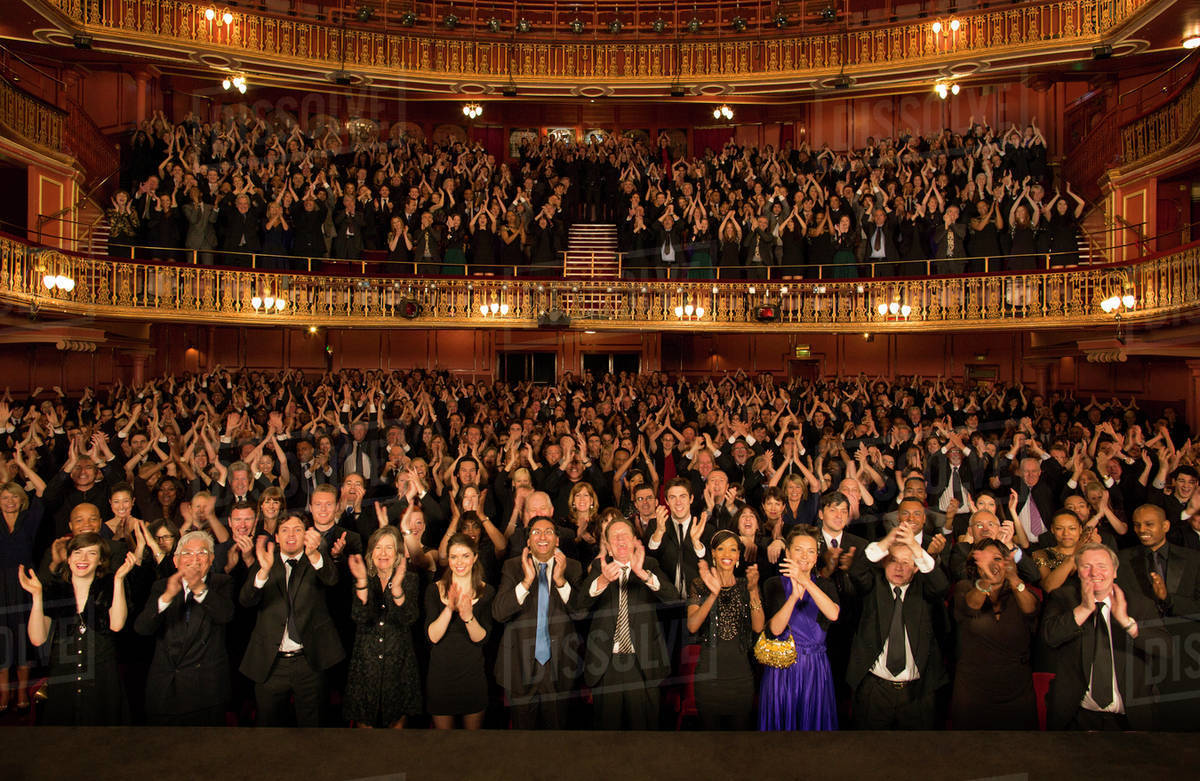
6. **The Audience Interaction Aisle: A Major Point of Contention**Among Bea Arthur’s many on-set frustrations, Betty White’s habit of interacting with the live studio audience between takes stood out as a particularly grating one. This wasn’t just a minor difference in behavior; it was a clash of professional approaches that deeply bothered Bea, who preferred a different kind of focus and energy on set. The way they managed the downtime between scenes became a battleground.
Bea, with her stage background, valued concentration and staying in character. She would either remain in place or retreat backstage, preserving her energy and mental state for the performance. For her, the set was a workspace, and extraneous chatter or distraction was unwelcome. She believed in maintaining a certain professional distance and seriousness, even during breaks.
Betty, however, was a natural people-person and a seasoned television personality. She loved to connect with the audience. Matthew Saks, Bea’s son, explained the situation to The Hollywood Reporter: “Sometimes Betty would go out and smile and chat with the audience and literally go and make friends with the audience. Which is a nice thing — a lot of them have come from all over the country and are fans.” For Betty, this was simply being friendly and appreciative of the fans who came to watch.
But for Bea, it was a major irritant. Saks continued, “I think my mom didn’t dig that. It’s more about being focused or conserving your energy. It’s just not the right time to talk to fans between takes. Betty was able to do it and it didn’t seem to affect her. But it rubbed my mom the wrong way.” Co-producer Marsha Posner Williams corroborated this, stating, “As the cameras moved to the next set, Betty would break character and talk to the audience. Bea hated that.” This fundamental difference in how they handled the live audience exposed a significant crack in their professional compatibility.
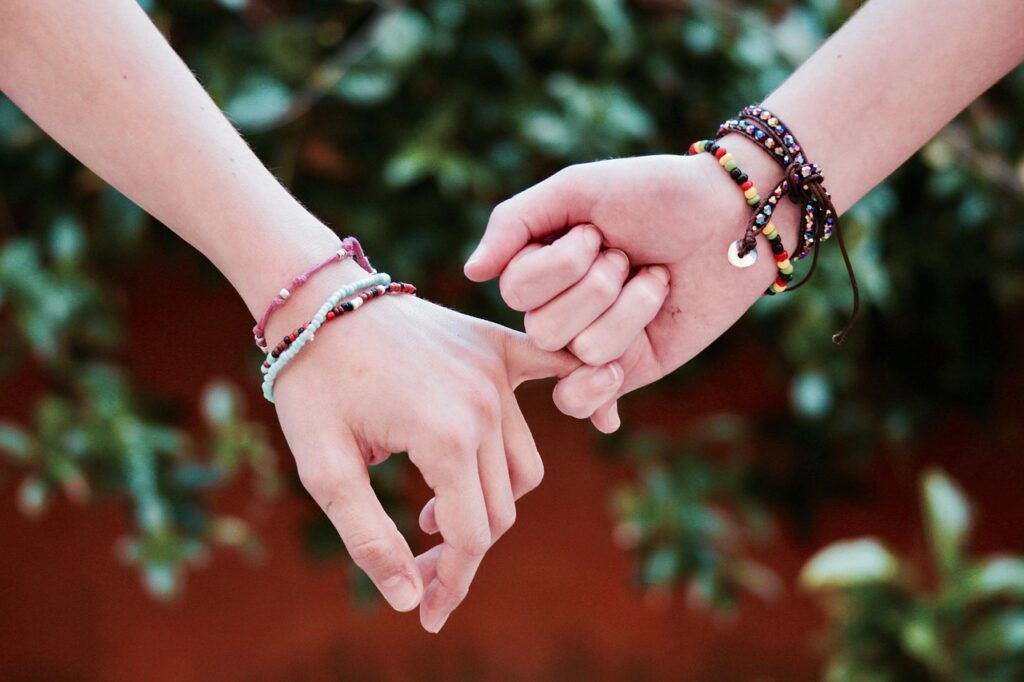
7. **From Carpool Buddies to Bitter Rivals: The Early Friendship**Given the intensity of their later feud, it’s almost hard to believe that there was a time when Bea Arthur and Betty White actually shared a degree of friendship. It wasn’t always a landscape of animosity; there was an initial period where their relationship was, by all accounts, cordial, and even intertwined by necessity. How did two people who started out driving to work together end up so at odds?
Matthew Saks mentioned that, at one point, his mother and Betty were indeed friends. They lived near each other, close enough that they would carpool to work together. Imagine them, sharing rides, perhaps discussing the day’s script or just making small talk. This initial closeness suggests a different foundation, one that makes the eventual animosity even more perplexing.
Rue McClanahan, in an archived interview with the Academy of Television Arts and Sciences, shared an intriguing detail about Bea’s early reliance on Betty. She recalled that Arthur wouldn’t even go to lunch with her unless White also joined them. McClanahan noted, “She was very dependent on keeping everything as it always had been.” This paints a picture of Bea not just tolerating Betty, but actually needing her presence, especially in social settings like lunch.
Betty White herself confirmed this early camaraderie in her 1987 memoir, *Betty White in Person*, where she wrote that she and Arthur ate together every day. This consistency points to a period of genuine, if perhaps superficial, connection. So, what caused the eventual rift? How did they go from daily lunch partners and carpool companions to a relationship defined by tension and harsh words? This early friendship serves as a poignant contrast to the bitter feud that would ultimately define their legacy. The seeds of discord, though unseen, must have been slowly planted, nurtured by clashing personalities and professional disagreements, eventually blossoming into a full-blown rivalry.”
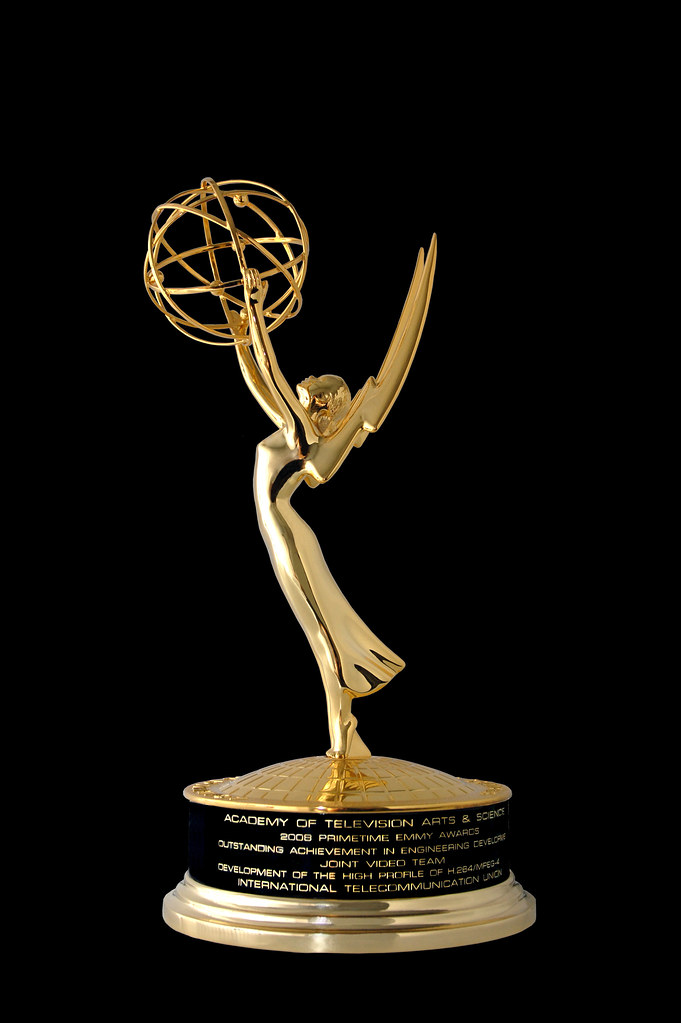
8. **The Emmy Win That Sparked a Firestorm**Okay, so we’ve talked about the simmering personality clashes and professional differences, but here’s a true turning point. Get ready, because an award show, of all things, really lit a fire under Bea Arthur’s resentment and cemented the growing chasm between her and Betty White. It’s wild to think something so celebratory could cause such a rift, but in Hollywood, even a golden statue can cast a long, dramatic shadow. In 1986, Betty White took home the Emmy for Outstanding Lead Actress in a Comedy Series, beating Bea Arthur. While this should have been a moment of shared triumph, it reportedly became a major source of tension, with Rue McClanahan hinting at “awkwardness” and suggesting Arthur allegedly called White a “choice word” out of anger.
Bea Arthur’s eldest son, Matthew Saks, offered further insight into his mother’s perspective. He told The Hollywood Reporter, “My mom was the real deal. I think she felt she was more of an actress than Betty.” He drew a clear distinction, noting, “Mom came from Broadway. Betty starred on a game show at one point.” This highlights Bea’s deeply ingrained sense of professional hierarchy, where White’s win felt like an affront to her own esteemed theatrical background and status.
Betty White herself recalled the immediate aftermath in her 1995 memoir, *Here We Go Again: My Life in Television*. She described the atmosphere as “icy” and noted that “the congratulations were all whispered.” It paints a picture where a major achievement was met with quiet disapproval rather than open celebration, underscoring just how profound the tension had become. This was more than a minor disagreement; it was a deep-seated professional jealousy that continued to fester, adding a layer of frost to the ‘Golden’ set.
Read more about: Unveiling the Enduring Luxury: Janet Jackson’s Illustrious Career and Cultural Impact
9. **”Dorothy Bashing”: When Jokes Hit Too Close to Home**As if the Emmy drama wasn’t enough, another insidious factor began to chip away at Bea Arthur’s professional satisfaction: the show’s writing itself. While *The Golden Girls* was brilliant at crafting witty banter, a trend emerged that specifically targeted Arthur’s character, Dorothy, in ways that reportedly made the actress deeply uncomfortable. It was a subtle but relentless form of “Dorothy bashing” that wore on her over time.
Golden Girls biographer Jim Colucci highlighted this issue, explaining that insults about Rose’s intelligence or Blanche’s promiscuity could often “roll off [White’s and McClanahan’s] backs because they were not like their characters.” However, Colucci revealed that “the things that were said about Dorothy were that she was big and ugly.” This type of commentary, focused on physical appearance, resonated differently with Bea Arthur.
Imagine enduring jokes about your looks, week after week, in front of a live studio audience and millions of viewers. Even for a seasoned actress, “that wears on an actress after a while,” as Colucci aptly put it. This constant stream of body-shaming humor, even if intended for the character, undoubtedly chipped away at Arthur’s self-esteem and made her feel targeted. This ongoing narrative in the scripts added another layer of frustration for Bea, fueling her desire to eventually move on.

10. **The Unthinkable Insults: Bea Arthur’s Harsh Words for Betty White**If you thought the “nemesis” mindset and subtle jabs were the extent of Bea Arthur’s feelings towards Betty White, prepare yourselves for a truly shocking revelation. Multiple sources have now come forward with accounts of Arthur using incredibly vulgar and explicit language to describe her co-star, pushing the boundaries of what most fans could ever imagine. This wasn’t just professional disagreement; it escalated to outright verbal hostility.
Casting director Joel Thurm, who worked on *The Golden Girls*, provided a jaw-dropping account. On “The Originals” podcast, Thurm recounted, “Literally Bea Arthur, who I cast in something else later on, just said, ‘Oh, she’s a f–king c–t,’ using that word” about Betty White. When asked for clarification, Thurm affirmed, “Yeah, she called her the C-word. I mean, I heard that with my own ears.” This isn’t just hearsay; it’s a direct, unsettling detail painting a picture of intense animosity, which Thurm heard on multiple occasions, including on set and even on a flight.
Co-producer Marsha Posner Williams also shared harrowing anecdotes that confirm the severity of Arthur’s disdain. Williams recalled Arthur calling her at home and exclaiming she “just ran into that [C-word] at the grocery store.” Williams even claimed that when visiting Arthur’s home for dinner, “Within 30 seconds of walking in the door, the C-word came out.” While Rue McClanahan once shared a similar story, humorously framed, these collective accounts undeniably paint a picture of a relationship far more acrimonious and verbally abusive than many fans ever realized. The on-screen “Thank You For Being A Friend” certainly had a very different soundtrack behind the scenes.
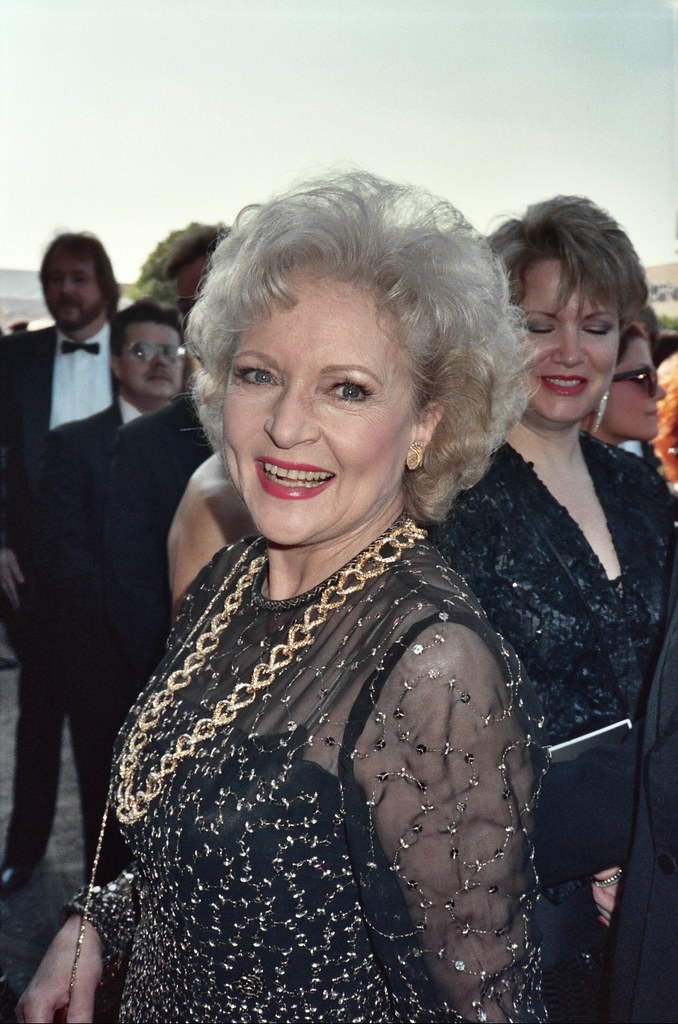
11. **Beyond Bea: Betty White’s Own Controversial On-Set Behavior**So far, we’ve mostly focused on Bea Arthur’s difficult personality and her pointed criticisms of Betty White. But to truly understand the complex dynamics on *The Golden Girls* set, it’s crucial to acknowledge that Betty White wasn’t entirely blameless. In fact, a particularly unsettling detail has emerged regarding her interactions with another beloved co-star, Estelle Getty, revealing a different side to the seemingly perpetually sunny actress.
As the series progressed, Estelle Getty, our Sophia, began to struggle severely with memorizing her lines due to what was tragically an early sign of Lewy body dementia. Getty would often “write the lines on her hand” as a coping mechanism, doing her best to manage her declining memory. Casting director Joel Thurm shared a heartbreaking detail about how Betty White reacted, claiming White “would make fun of her in front of the live audience.” Imagine Getty’s vulnerability, undermined by a co-star. Thurm acknowledged the gravity, stating, “That may seem like a minor transgression, but it really does get to you.”
While Estelle Getty’s exact feelings remain unknown, Thurm’s observation suggests a deeper discomfort on set, remarking, “I have no idea how Estelle Getty felt, but I know the other two did not like [White] at all.” This implies that the tension wasn’t solely a Bea Arthur-Betty White issue but extended to Rue McClanahan as well, potentially fueled by White’s insensitivity. This revelation challenges the widely held image of Betty White, reminding us that even our most cherished stars can have “sharp elbows” when navigating the pressures of a long-running, high-profile show.
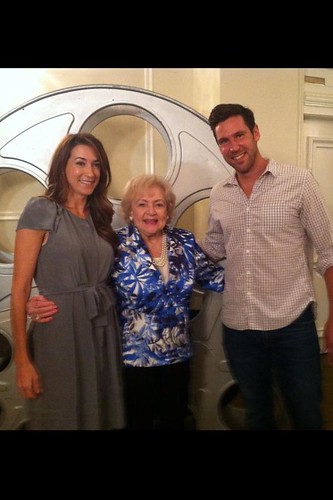
12. **The Aftermath: ‘The Golden Palace’ and a Lingering Divide**Bea Arthur’s resolute decision to step away from *The Golden Girls* didn’t just end the original series; it created a ripple effect, leading to an attempt by the remaining cast members to keep the magic alive. Without their sharp-tongued Dorothy, Betty White, Estelle Getty, and Rue McClanahan bravely embarked on a spin-off, hoping to recapture some of the lightning in a bottle that had made their original show a global phenomenon.
This new venture, titled *The Golden Palace*, saw Rose, Sophia, and Blanche investing in and managing a hotel in Miami. It was an ambitious move, a testament to their desire to continue working together. However, as often happens when a crucial dynamic is altered, the spark just wasn’t the same. The absence of Bea Arthur’s Dorothy, the anchor and foil for so much of the show’s humor, proved to be an insurmountable challenge, leading to its cancellation after just one season. Bea Arthur’s pivotal decision had consequences that resonated beyond the original show’s finale, proving that some ensembles just can’t be replicated.
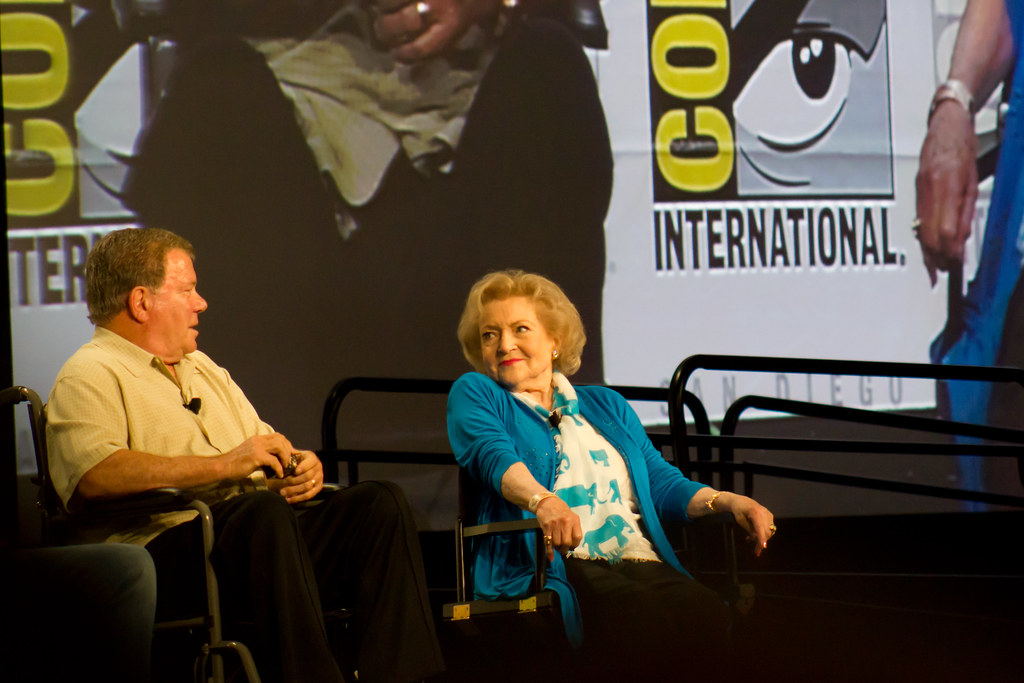
13. **An Unbreakable Legacy: Magic On-Screen, Messy Off-Screen**So, there you have it: a deep dive into the surprisingly contentious world behind the golden façade of our favorite Miami ladies. From personality clashes and clashing acting styles to Emmy-fueled jealousy and truly shocking verbal attacks, the relationship between Bea Arthur and Betty White was undeniably complex, often fraught with tension. Yet, despite these dramatic revelations, one truth remains: their on-screen chemistry was utterly legendary.
Even with all the stories about Arthur not gelling with White off camera, both actresses had nothing but good things to say about each other *as costars*. Bea Arthur once told E! News in 2002, “It was a brilliant working relationship, everybody. There wasn’t a weak link in the whole thing.” Betty White, in her memoir, painted an even more idyllic picture, stating, “I don’t even want to contemplate what the set of The Golden Girls would be like if we didn’t all support and respect one another.” These statements highlight their professional dedication, even if personal feelings were different.
Rue McClanahan, often caught between the two, perhaps offered the most balanced perspective. In her book, she wrote, “What mattered most to each of us individually and all of us as a group: the chemistry worked. We were damn funny. And we did it together. That’s what counts at the end of the day.” She acknowledged the personal struggles but emphasized the professional triumph, adding, “Their relationship with each other wasn’t all I wished it could be, but it never interfered with their work.”
Sadly, time has taken all our beloved Golden Girls. Estelle Getty passed away in 2008, followed by Bea Arthur in 2009, and Rue McClanahan in 2010. Betty White, the last surviving member, continued to charm the world, living just 17 days shy of her 100th birthday in December 2021. Her longevity and career were truly admirable, but as journalist Andrew Goldman reminded us, “I don’t think you could survive [decades] in showbusiness without having occasionally sharp elbows.” The complicated, sometimes contentious, relationship between Bea Arthur and Betty White serves as a poignant reminder that even the most magical on-screen friendships can hide deeply human, messy realities. It doesn’t diminish the joy and laughter they brought to millions, but rather adds a layer of fascinating, behind-the-scenes drama to a truly iconic television legacy.



